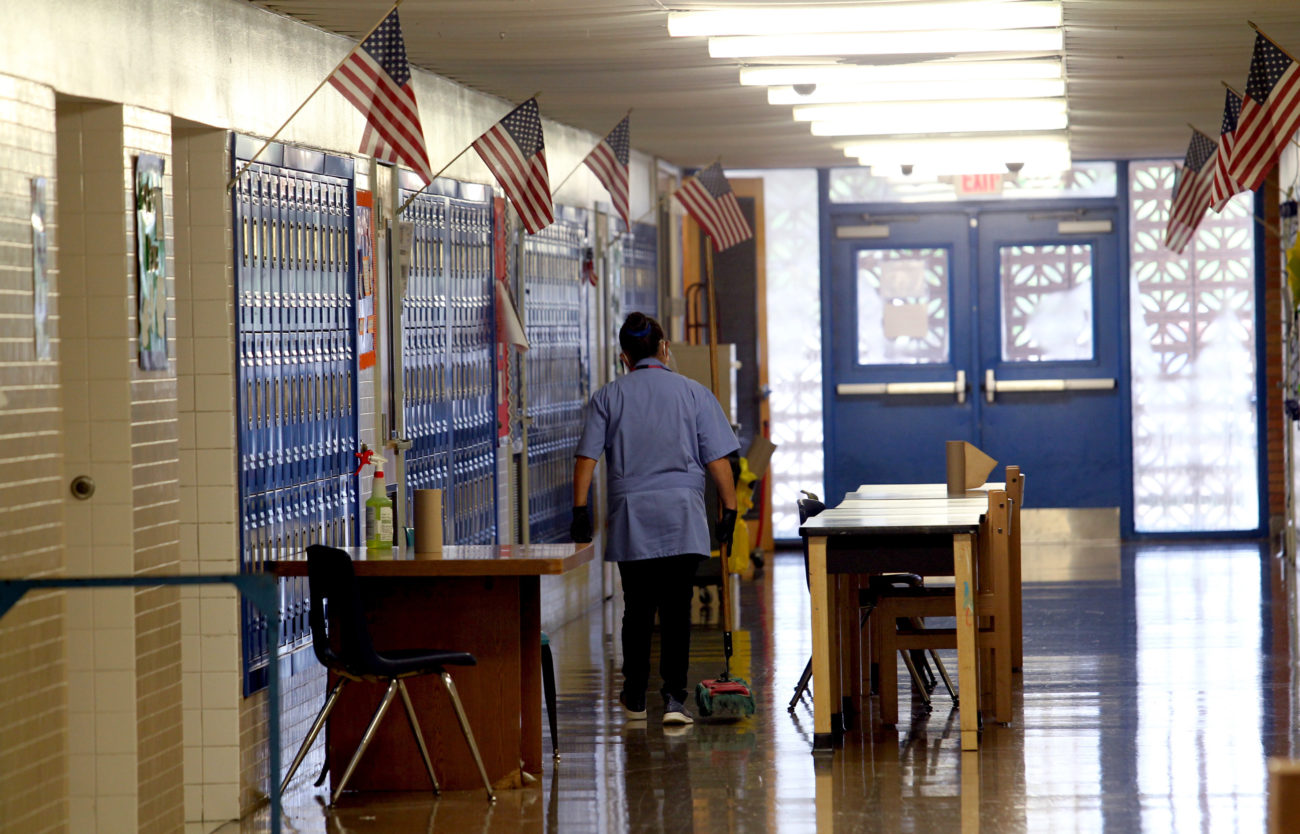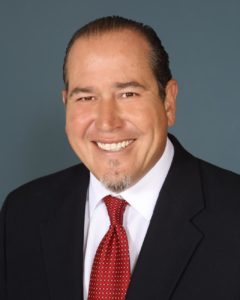
 EDINBURG — The school board here approved a new calendar and discussed what to do about increasingly alarming signs of the effect the pandemic could have on the spring semester at a special meeting Friday, five days after voting to delay the start of the semester by a week because of concerns over COVID-19.
EDINBURG — The school board here approved a new calendar and discussed what to do about increasingly alarming signs of the effect the pandemic could have on the spring semester at a special meeting Friday, five days after voting to delay the start of the semester by a week because of concerns over COVID-19.
The district offered free coronavirus testing this week to district employees.
Board President Miguel “Mike” Farias said of the 874 employees tested at district testing sites, 43 tested positive for the virus.
Farias said that statistics proved delaying the semester was the right choice.
“That’s 5%” he said. “So, if you could imagine, if we would have opened up the schools and taken that percentage, and 5,000 employees coming back, we would have 250 employees infected according to that number of 5% and would have been exposed to the rest of the 4,750.”
Farias said he feels those numbers will rise soon.
“We haven’t even felt the effect of New Year’s Eve,” he said. “I have a feeling that we’ll feel that after the weekend.”
Trustee Xavier Salinas, who’s also the superintendent of Hidalgo ISD, said he’s seen numbers creep up among the ranks of that district’s employees.
He said 600 staff members were tested Monday, which resulted in a couple of positive cases. Subsequent tests have turned up more cases.
“The same staff members that tested negative on Monday have been testing positive on Thursday and today. Lots of them,” Salinas said.
Nevertheless, the calendar approved by the district Friday stipulates at least some employees will go back to teaching in-person by next week.
Edinburg school district’s spring semester will now start Wednesday. The weeklong delay cost them three holiday days of spring break along with Feb. 8. They’ll also have to work for two Saturday instruction days.
Interim Superintendent Gilbert Garza Jr. says the district took teachers’ input into account when coming up with possible calendars and said the calendar chosen by the board was a good compromise choice.
Teachers fervently wanted to keep their holidays for Good Friday and Feb. 8, the day after the Super Bowl.
They’ll keep Good Friday and won’t have to work any deeper into the summertime.
Garza said the calendar the board approved also has the added advantage of potentially limited travel-related infection over spring break.
“You still have the four-day weekend, which everybody I think was concerned about the traveling. You know, you can still travel, but you can’t travel as far on a four-day weekend,” he said. “It’s keeping us safe and finding a happy medium between the two extremes — spring break and no spring break.”
The board largely supported allowing teachers continuing to choose whether to teach remotely or in-person at their emergency meeting Sunday, a step Garza recommended Friday.
“We need to be realistic about this thing,” Superintendent Garza said Friday. “COVID continues — right now — to be worse than it was before the Christmas or the winter break. There’s no reason why we should not consider continuing with the same kind of arrangement, and I’m talking instructional arrangement, on Wednesday of next week as we had when we left for the Christmas break.”
District administration previously cited staffing shortages as a possible problem with that policy. According to Garza’s staff, input from parents suggests 23-25% of students will return to campus.
Garza said 500 teachers were instructing on-campus in the fall, a number he said he expects — and hopes — to stay consistent.
“Of course it’s no guarantee, we think that we’ll have enough to cover,” he said. “I don’t think that we’re going to have many more students than we had prior to, because I think that parents are still hesitant due to the conditions.”
If the district is hit by an influx of students, Garza said there are plans in place to teach students in open, socially distanceable places like gyms and cafeterias.
Farias said he agreed with that assessment, noting that those 500 teachers account for 22% of the workforce. He said 3,000 students, about 10%, were coming in during the end of fall, a ratio he thinks will work.
“Those are pretty good numbers in being able to handle the influx of what we’re expecting to come back, because if you’ve got 10% of the students showing up and 22% of the teachers, that’s workable, and I’m sure that administration can work that out,” he said. “If that was flip-side around, we’d have a problem. We’d have a serious problem.”
Several trustees voiced their support for giving non-teacher employees more flexibility as well, suggesting some sort of rotational schedule to protect them from the virus.
While Farias said he agreed with assessing everybody’s position, he also argued that teachers are the most vulnerable group of employees on campus.
“I do want to point out to you, that the teachers and the subs, they’re the ones that are maximized with the exposure with the children,” he said. “They’re the ones that — especially secondary — they have different groups, six different groups per day of different kids that they have to work with.”
A solution to the months-long wrangling over staffing and teachers’ return to campus may be nearer at hand than expected.
Superintendent Garza said he has been working with local entities — including the city, the county and local hospitals — to assist in vaccinating district staff.
Last month several Rio Grande Valley districts and education leaders called for teachers to be listed higher on the state’s vaccination schedule, a decision Garza said his staff could help expedite.
“We have the capacity, we have the manpower. We have 55 nurses, which all have been already given the vaccination and are willing, if we are provided with the vaccination itself working with some of the agencies, we can bring it to our district and maybe have our nurses also give out the vaccine,” he said.



